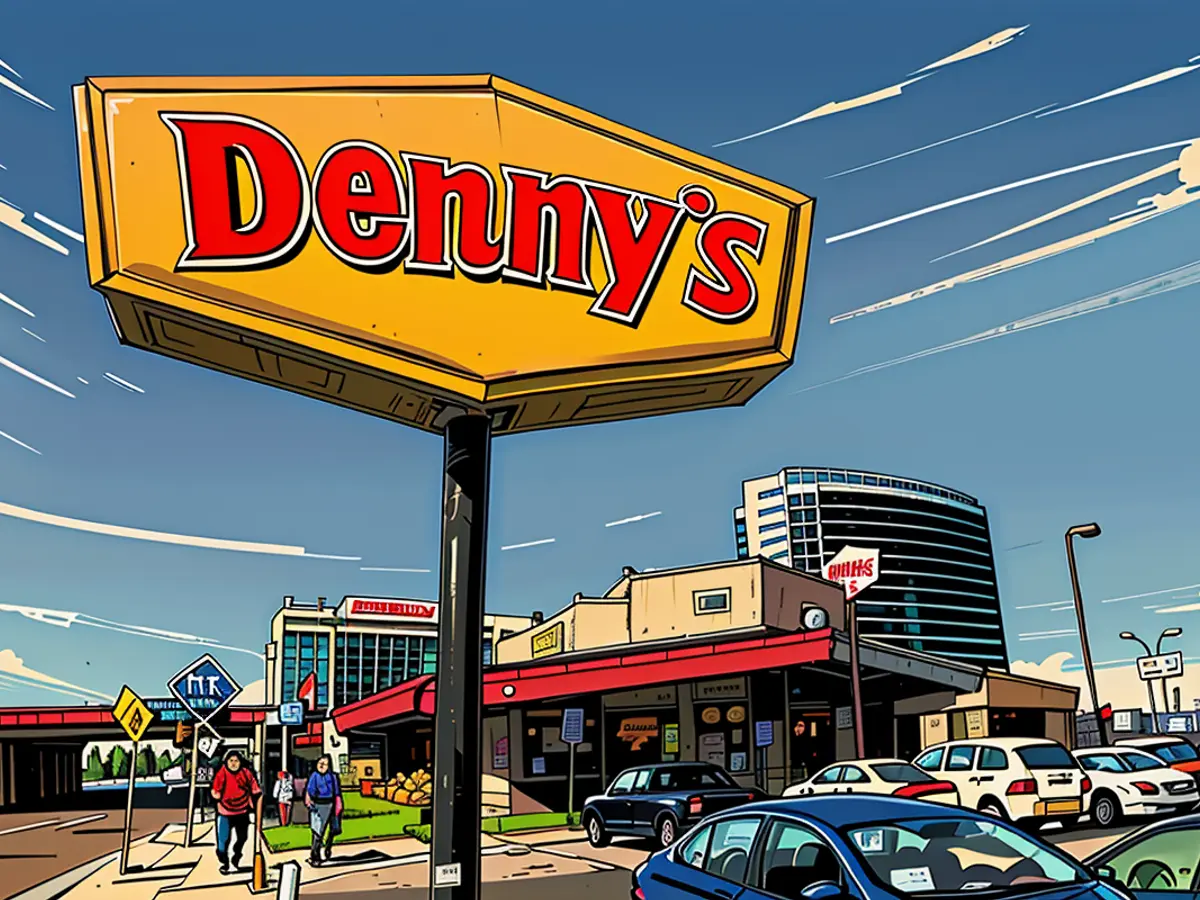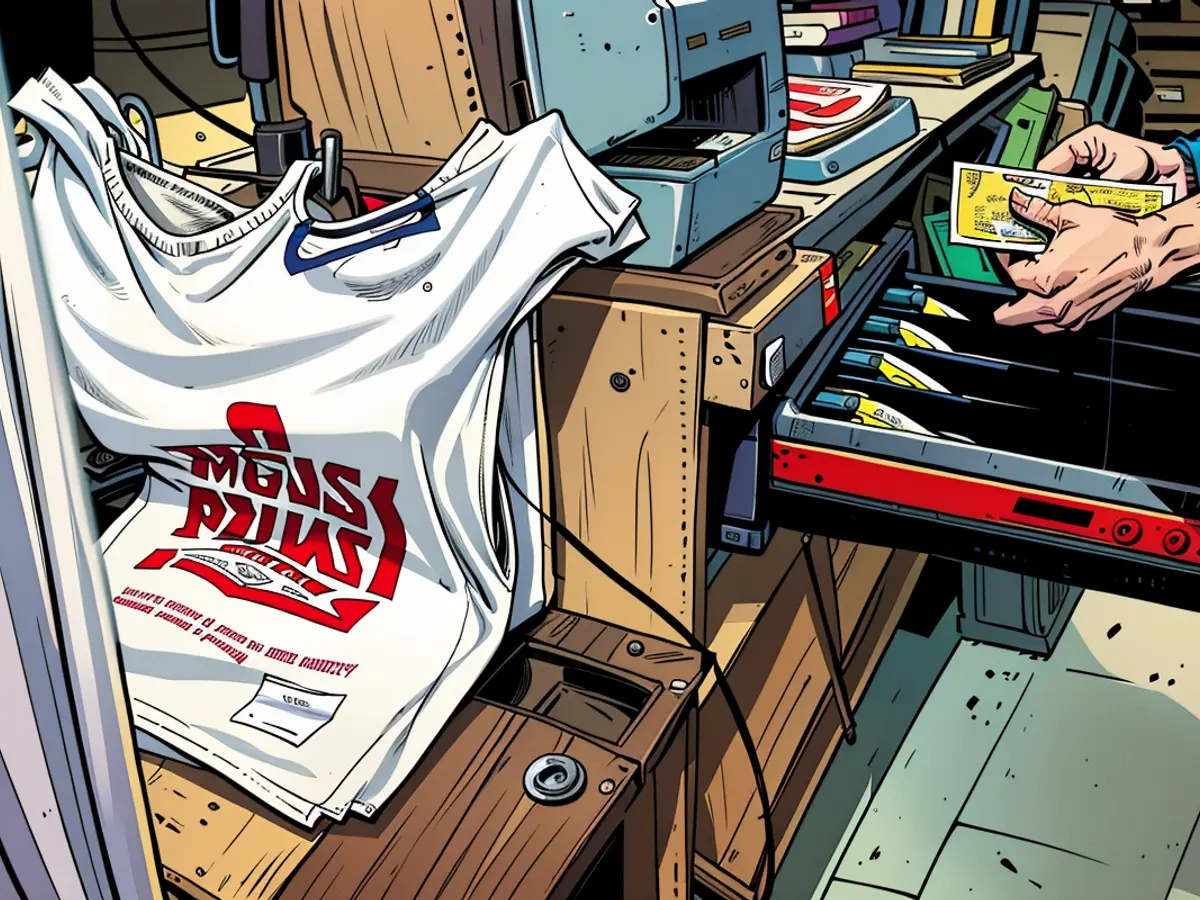Retail business closures have reached an unprecedented level in recent times. Intense competition and escalating prices have dealt them a severe blow.
Retail giants have announced 6,189 store closures this year, surpassing the 5,553 closures from the previous year, as per Coresight Research. This trend is projected to hit an all-time high in 2024, surpassing the closures seen in 2020, a year marked by the Covid-19 pandemic's impact on the industry.
The surge in closures can be attributed to the retail sector's post-2021 and 2022 decline, characterized by reduced consumer demand for non-essential items like furniture, electronics, and clothing. Companies have hiked prices greatly, making expensive items less affordable for many, while interest rates have skyrocketed, making credit less accessible. Consumers have reached their financial limits and are cutting back on non-essential purchases.
"Companies were sustained by pandemic-driven shopping patterns," said Michael Brown, partner at Kearney, a global strategy and management consulting firm. "These trends kept struggling businesses afloat in normal circumstances."
Competition from retail titans like Amazon, Walmart, Costco, and Home Depot has exacerbated the situation for smaller chains. The loss of retail space and failed strategies, such as Dollar Tree's $8.5 billion acquisition of Family Dollar, have also contributed to the challenges faced by some retailers.
Dominant retailers like Amazon, Walmart, and Costco can undercut smaller businesses with their purchasing power and investment capabilities. They can purchase goods in bulk at lower prices and use their resources to improve technology, fostering a widening gap between them and medium-sized competitors.
"All these large chains are causing problems for smaller players," Brown said. "They lack the buying power to get discounted prices. They lack the capital to reinvest in stores or business operations."
Overexpansion of retail spaces, particularly in the United States, has saddled many retail chains with excess inventory.
"Any retail chain with excessive stores will see a decline," said Barbara Kahn, a marketing professor at the University of Pennsylvania's Wharton School, who studies retail.
The End of the Sugar Rush
The increase in store closures mirrors the pre-pandemic era, when retailers were shutting down thousands of stores annually due to the rise of online shopping. Online sales grew from roughly 6% of total retail sales in 2014 to 12% by the start of 2020.
Retailers shuttered a combined 13,400 stores in 2017 and 2018, and a record 9,800 stores in 2019. Many well-known retailers like Payless, Gymboree, Charlotte Russe, and Shopko filed for bankruptcy that year.
The pandemic of 2020 accelerated the closure of weaker chains like Sears, JCPenney, Pier 1, and others. Around 9,700 stores closed in 2020, according to Coresight.
Retailers that survived the pandemic benefited from extra federal stimulus payments and consumer spending sprees in 2021 and 2022. However, this temporary boost has given way to chains once again struggling as high interest rates increase debt payments and price hikes impact many consumers. Inflation remains elevated, with consumer prices around 20% higher than in 2020.
In essence, as consumers grapple with increased expenses for cars, homes, and credit, they have less disposable income for other items.
"Higher interest rates and broader economic uncertainty have put pressure on consumer demand as a whole, leading to reduced spending across various sectors," said Ted Decker, Home Depot's CEO, in August.
More than 80 companies that specialize in discretionary goods have filed for bankruptcy through September, an increase of 27% compared to the previous year. Tupperware, Big Lots, and Joann Fabric are among the notable bankruptcies in the consumer goods sector.
Similar challenges are being faced in the restaurant industry, where consumers are curtailing dining out expenses to save money.
Casual dining chains have struggled as consumers dine at home or opt for more budget-friendly options like fast-casual restaurants or fast-food chains. Red Lobster, Roti, Tijuana Flats, Buca di Beppo, and other restaurant chains have filed for bankruptcy and closed numerous locations. Denny's announced this week that it will close 150 restaurants.
"Every retail and restaurant chain is facing declining foot traffic. Everyone," said Denny's CEO Kelli Valade this week.
Struggling Discount Chains
Smaller discount retailers primarily serving lower- and middle-income shoppers are experiencing the most pressure, particularly from Walmart.
While lower- and middle-income shoppers have traditionally formed the backbone of Walmart's customer base, the chain's market share among higher-income earners has increased recently. Walmart's profits from higher-margin businesses like advertising allow it to undercut prices even further. Additionally, it has invested heavily in recent years, upgrading stores and building a robust online platform to rival Amazon's.
As a result, many smaller discount retailers on the lower end of the market are facing intense competition.
Family Dollar struggles as its primary low-income customers experience financial strains due to increased living expenses and have to reduce their discretionary spending.
Other discount retailers have encountered identical dilemmas: Big Lots sought bankruptcy protection in September and shut down over 360 stores. 99 Cents Only folded permanently and closed 371 stores.
Pharmacy chains are also shrinking. CVS, Walgreens, and Rite Aid have declared 945 closures this year collectively, as per Coresight.
These outlets grew exponentially during the 1990s and 2000s to outplay rivals and attract more customers, but they failed to predict the plunge in prescription drug reimbursement rates. They also overlooked the fact that Amazon, Walmart, and others would encroach upon the sale of snacks and household essentials that the front part of their stores relied on.
These two unexpected elements are now squeezing the rear section of the store, specifically the pharmacy, as well as the front. Consequently, numerous pharmacies have been forced to close their doors.
Opening of New Stores
However, this does not mean the end of retail. There will be interested parties for vacant retail and dining space.
"It's not that there's a critique of physical retail. It's merely an adjustment and a transition to the type of retail individuals choose to visit in person," Kahn explained.
Over 5,300 stores have announced new openings this year. Numerous businesses opening stores are focusing on discount shoppers.
TJX, the parent company of TJ Maxx, Marshalls, and HomeGoods, is launching 99 new stores this year. TJX has put pressure on department stores like Macy's and Kohl's by offering designer brands at affordable prices.
German discount grocery store Aldi revealed plans this year to open 800 new stores nationwide as part of a $9 billion expansion plan to cater to budget-conscious shoppers.
"Where consumers previously shopped is not where they're shopping now," Brown noted. "There are new entrants joining the market."
The closure trend in the retail sector is negatively impacting various businesses, making it challenging for them to afford expensive items and obtain credit due to increased interest rates. This has led to a decrease in non-essential purchases by consumers.
The intense competition from retail titans like Amazon, Walmart, and Costco is causing problems for smaller chains. They lack the buying power to get discounted prices and the capital to reinvest in stores or business operations.









